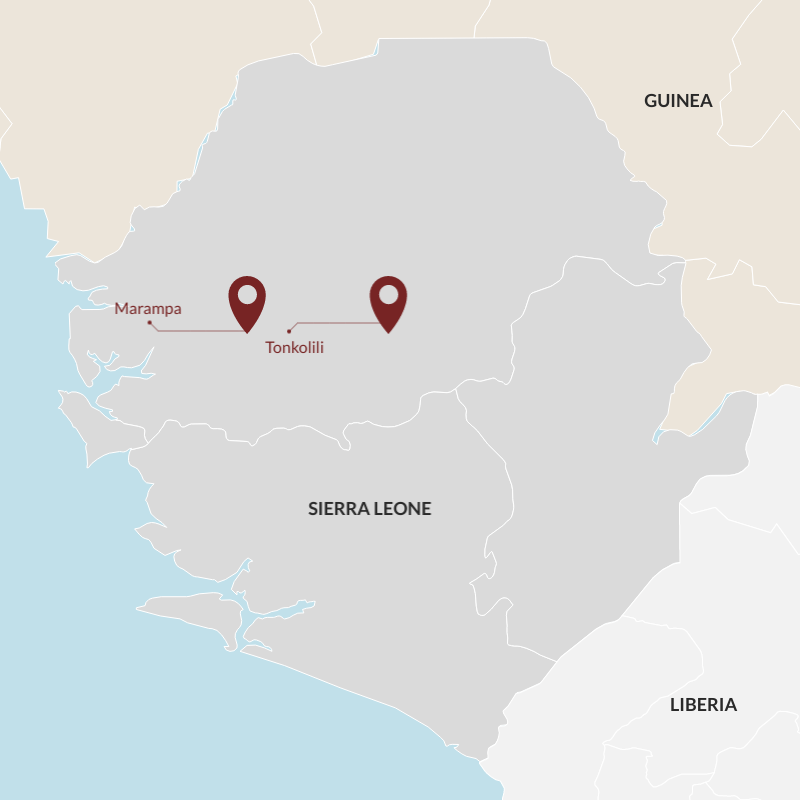Sierra Leone's mining push and pull
Sierra Leone’s short and medium-term economic recovery is largely premised on increased mining output. Having shrunk by 2% during the pandemic, GDP is estimated to have grown by 3.1% in 2021 and is forecast to accelerate further in 2022. Resurgent mining production will improve the balance of payments and government revenues alike this year. However, via power production agreements and anticipated subsidies in the run up to 2023 elections, government obligations are set to scale upwards.
Mining grew by 17% when Gerald Minerals first restarted Marampa in 2019, but the operation was short-lived and a revenue dispute with the government soon resulted in the shutdown of the mine. That dispute has now been resolved (see here), and the sector is on the rebound with the entrance of Kingho Mining that now operates Tonkolili. The government also now owns a 10% carried interest stake in Marampa Mines, and this template has been set in the Minerals Development Bill that was sent to parliament in November 2021 to rewrite the industry legislation.
Outlook
Sierra Leone stands to gain from higher mining revenues but rising fuel prices pose fiscal risks. There has been an 80% hike since last November owing to disruptions in the global oil market. Finance Minister Dennis Vandi and the All People’s Congress government is under pressure to increase subsidies as shortages persist and 2023 general elections approach – inflation was 24.87% last month. Pricing terms under a power purchase agreement with the main supplier, Karpowership, are also based on the cost of fuel, and arrears are already causing more frequent power cuts.
—
We are an African-owned and managed firm delivering local knowledge supporting transformative and sustainable strategic decision-making over the past decade. To find out more about our work or how to get connected, do get in touch; we would love to hear from you advisory@songhaiadvisory.com
